Affiliate links on Android Authority may earn us a commission. Learn more.
Where are smartphones made?
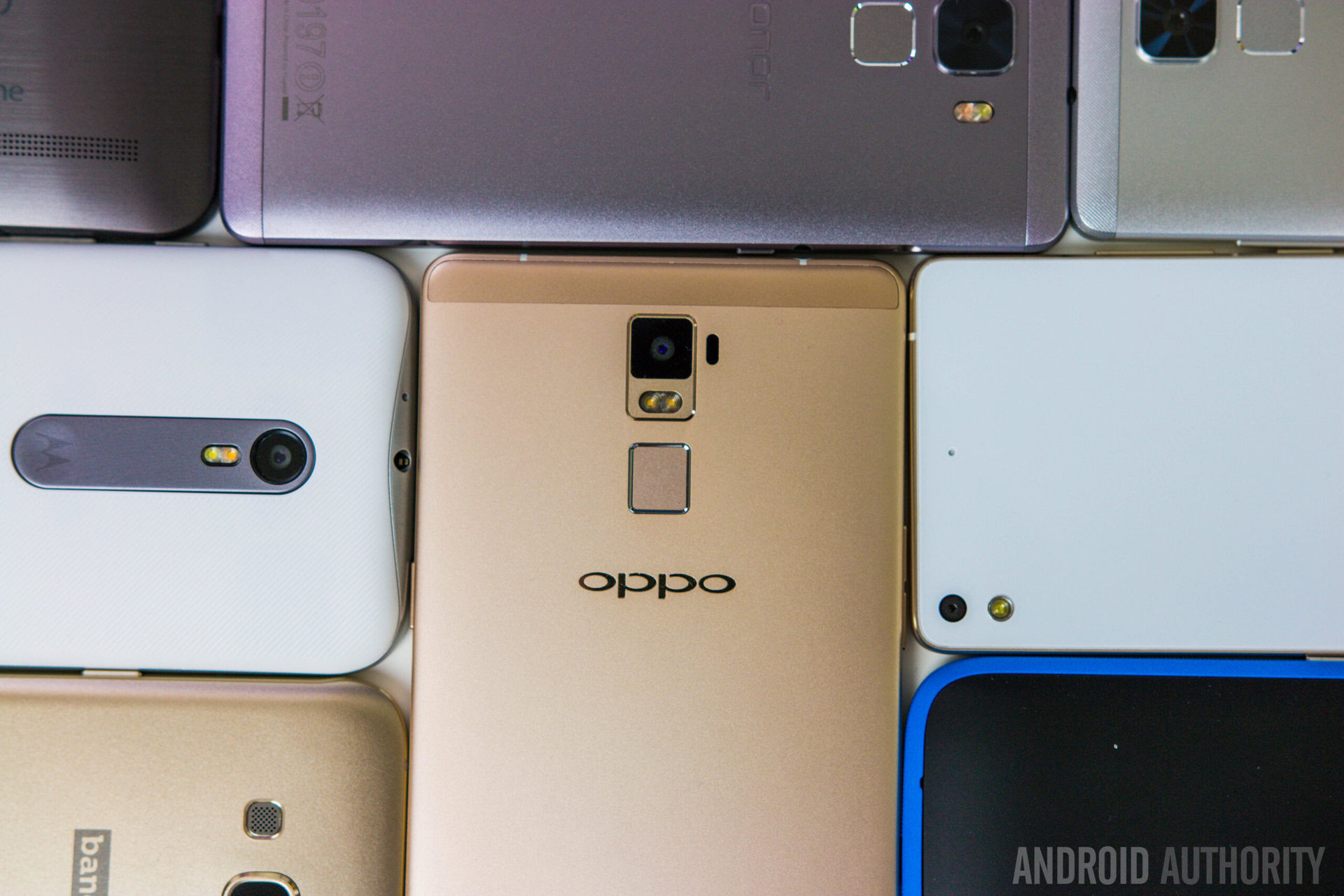
Over the past decade, the smartphone market has flourished. Mobile devices have continued to evolve in terms of design, specs, and features, resulting in a rather diverse marketplace in which there are thousands of devices to choose from. While this might make choosing a new device slightly more difficult, this diversity is actually a really good thing. It means stiff competition among OEMs and more knowledgeable consumers who are better able to distinguish the hits from the misses.
However, there’s one thing that we don’t usually think about when we’re shopping for a new device, and that’s where the device was made.
You’re probably wondering why you should care. When it comes down to it, all that really matters is whether you can access the device you might want, right? In the era of online shopping you can have a device shipped to you from anywhere in the world, so why would it matter where a device is made?
Why it matters
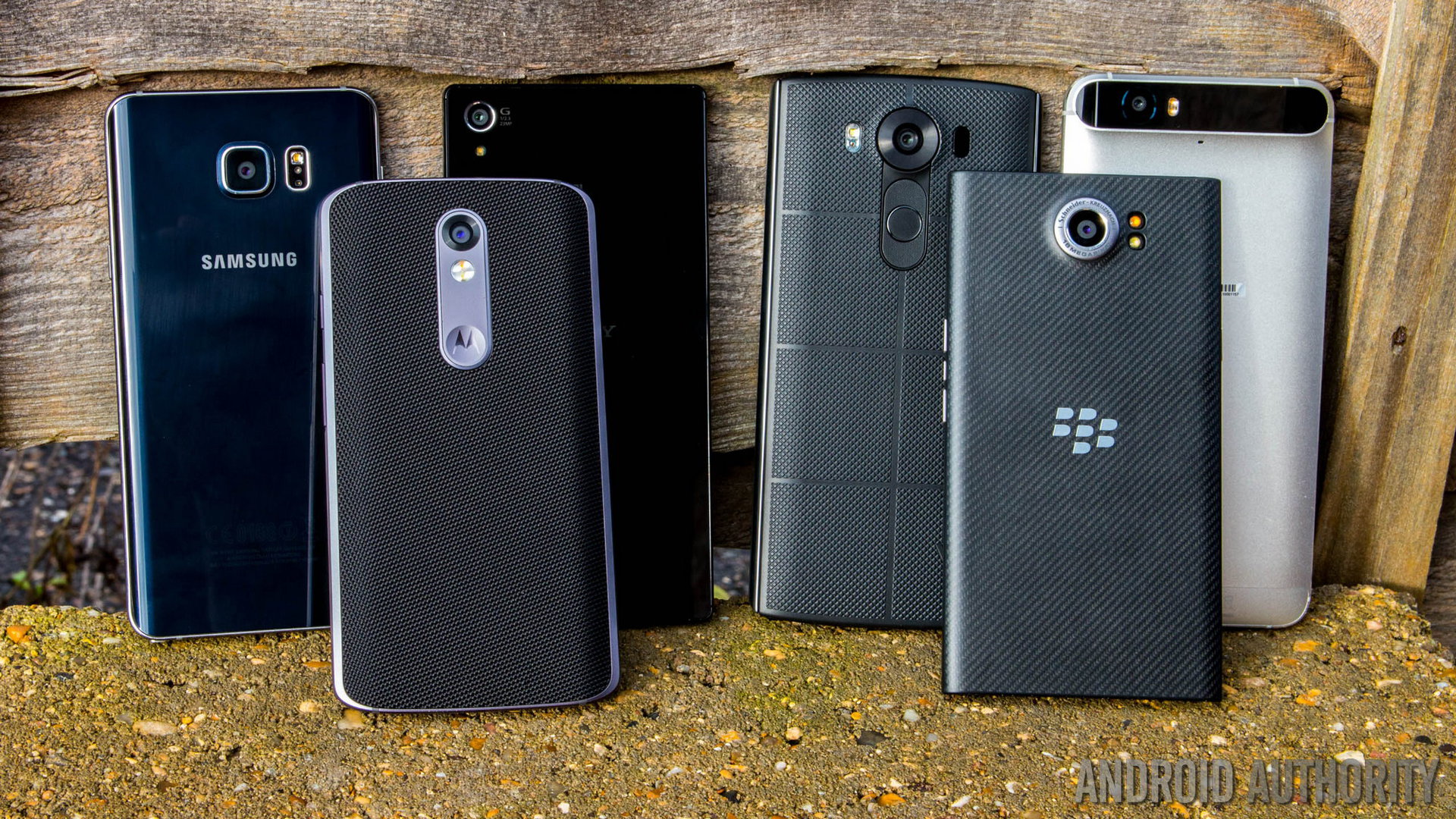
The simple answer is: cost. Ever since companies realized labor and many materials were cheaper and plentiful overseas, more and more manufacturing projects were outsourced. For one thing, in countries like China, Vietnam, Korea, and India, laborers are paid at a lower rate than U.S. workers would be for the same jobs. (Some would say this is social injustice. While there may be truth to that, the cost of living and wage requirements have a lot to do with this, too.)
However, while labor cost would make overseas manufacturing more attractive, the availability of much-needed rare Earth materials— used in most devices and appliances — makes it a necessity. These materials include the graphite found in batteries, the silicon used in processors, and a number of metals like silver, copper, and platinum. Of the 17 rare Earth materials that exist, 16 of them are needed to produce a smartphone.
It’s said that China has a near-monopoly on rare Earth materials. According to reports, China supplies 95 percent of the rare Earth materials used in manufacturing and holds 50 percent of the amount of rare Earth materials in reserves. By comparison, India produces 2.5 percent of the global supply while the U.S. has the second-largest reserve at 13 percent. Therefore, making mobile devices where the raw materials are accessible and plentiful makes sense.
China

China is a major player when it comes to the production of smartphones
As you might expect, China is a major player when it comes to the production of smartphones. In addition to having a hand in many of the most recognizable tech brands, China has a number of its own brands that have become quite popular internationally (i.e., Huawei, OPPO, OnePlus, Xiaomi, Meizu, and ZTE). There have actually been a number of companies that have reduced their China-based productions, particularly after some controversy surrounding the allegedly poor working conditions in a number of factories. However, there are still many devices that are either partially or completely manufactured in China.
[related_videos align=”left” type=”custom” videos=”698369,705570,668973,686965″]Apple is one of the most well-known brands to have a significant production presence in China with many device components made and assembled there. As an aside, Apple factories are often specifically named as having subpar conditions for workers with suicides being a major issue.
Lenovo — the tech company that bought Motorola from Google just a couple years back — makes the majority of its Lenovo and Motorola devices in China. Also, Alcatel makes its devices, including the “budget flagship” Alcatel Idol 4S, in Chinese facilities. Another company that manufacturers smartphones in China is LeEco, a relative newcomer to the smartphone scene that very recently acquired Vizio for $2 billion. In addition to the Chinese brands mentioned above, Samsung still operates two production facilities in China although the majority of Samsung devices are produced elsewhere.
Japan
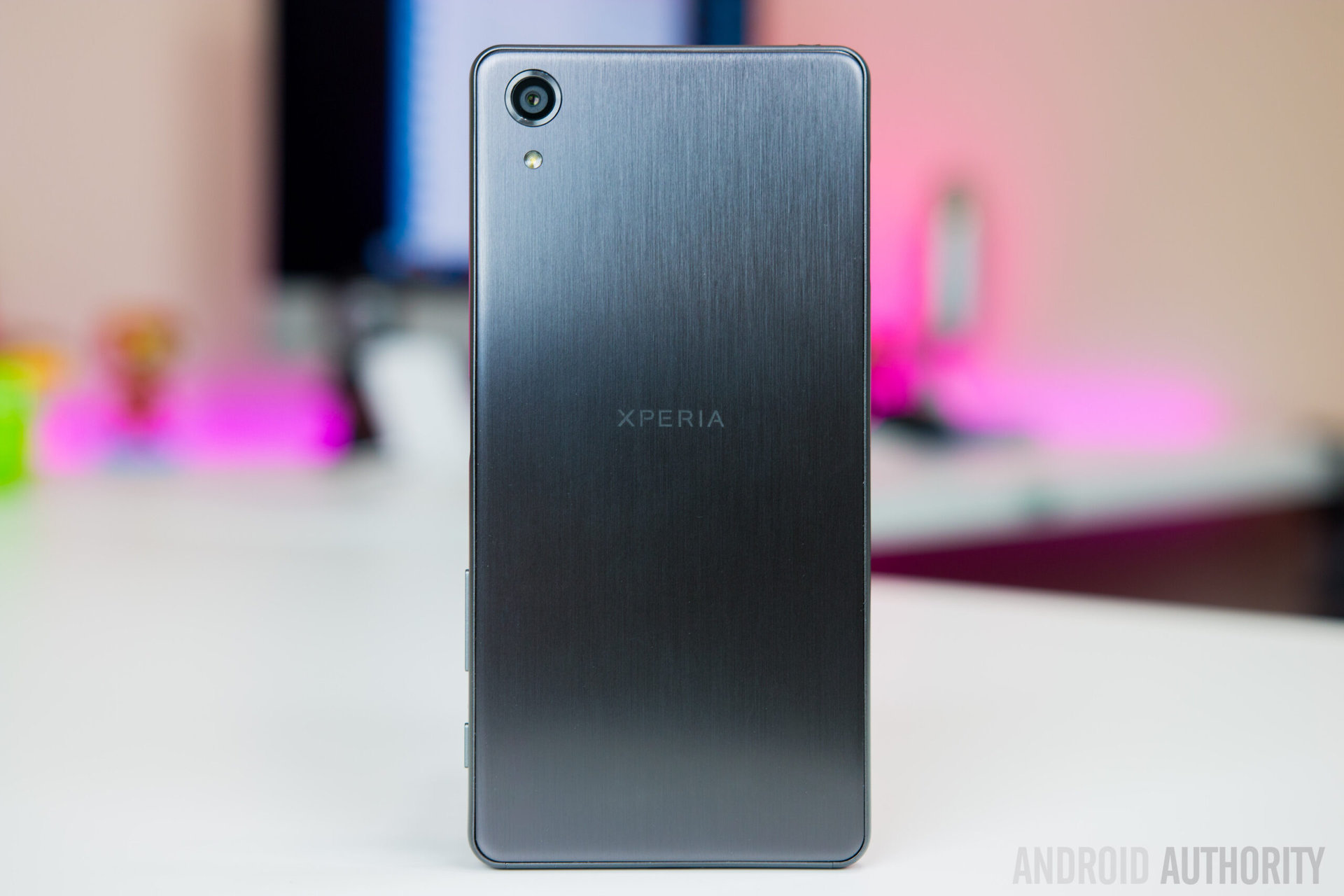
Although many of us attribute overseas manufacturing to China, there have historically been strong associations between cutting-edge technology and Japan. Until somewhat recently, most people who visited Japan would comment that many of the technologies, even mundane tech that one encounters in day-to-day life, was much more advanced than anywhere else. There were a number of factors that contributed to this perception, but Japan still has strong tech development and manufacturing industries.
Remember those bargain-priced candybar phones made by Kyocera that were all too common in the early 2000s? They were made in Japan. In fact, Kyocera Mobile — which is still producing phones, believe it or not — still maintains its manufacturing operations in Japan. However, a more relevant Japanese manufacturer is Sony, known for the popular Xperia line of smartphones such as the Xperia X. It’s reported that Sony is currently Japan’s biggest smartphone manufacturer.
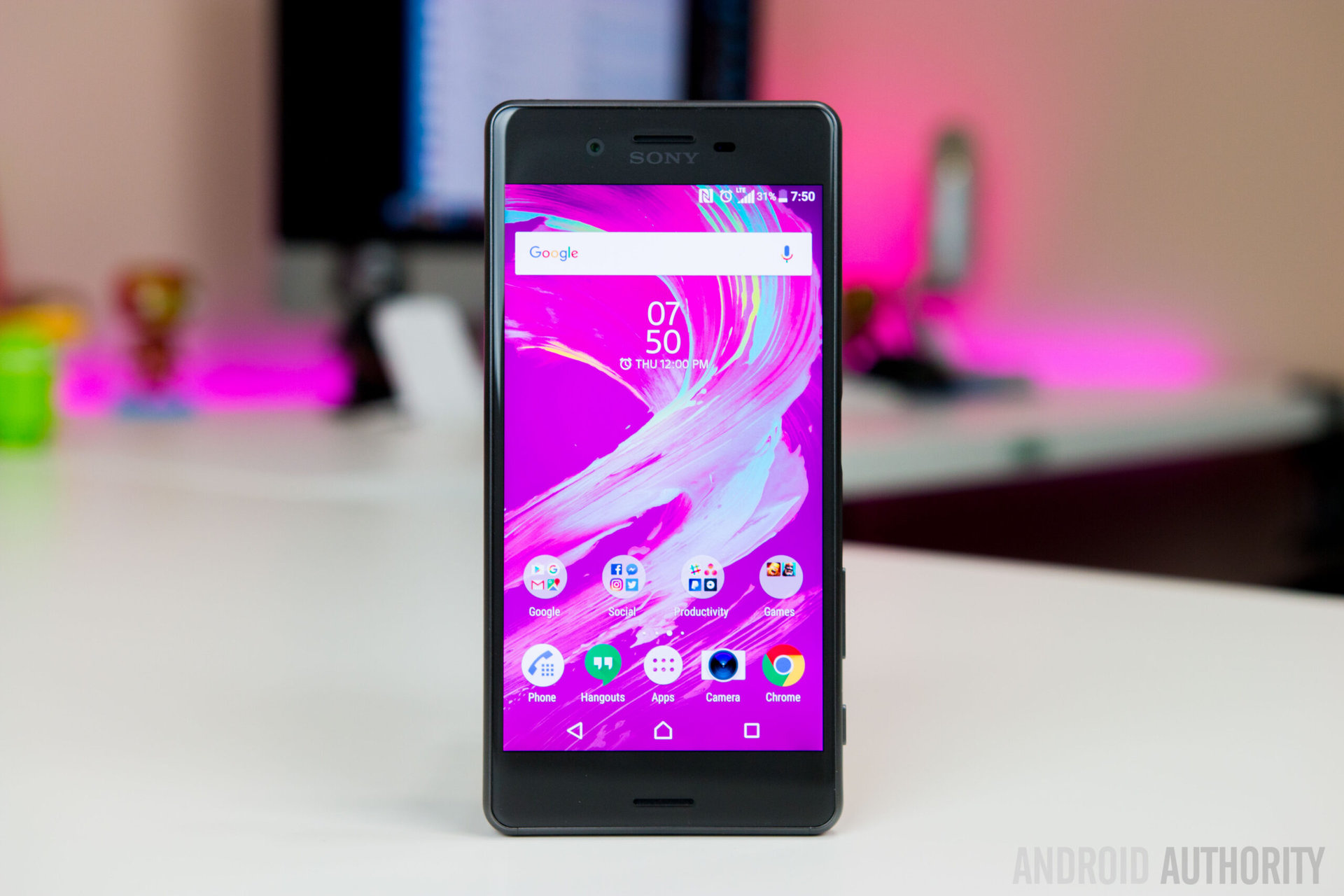
South Korea
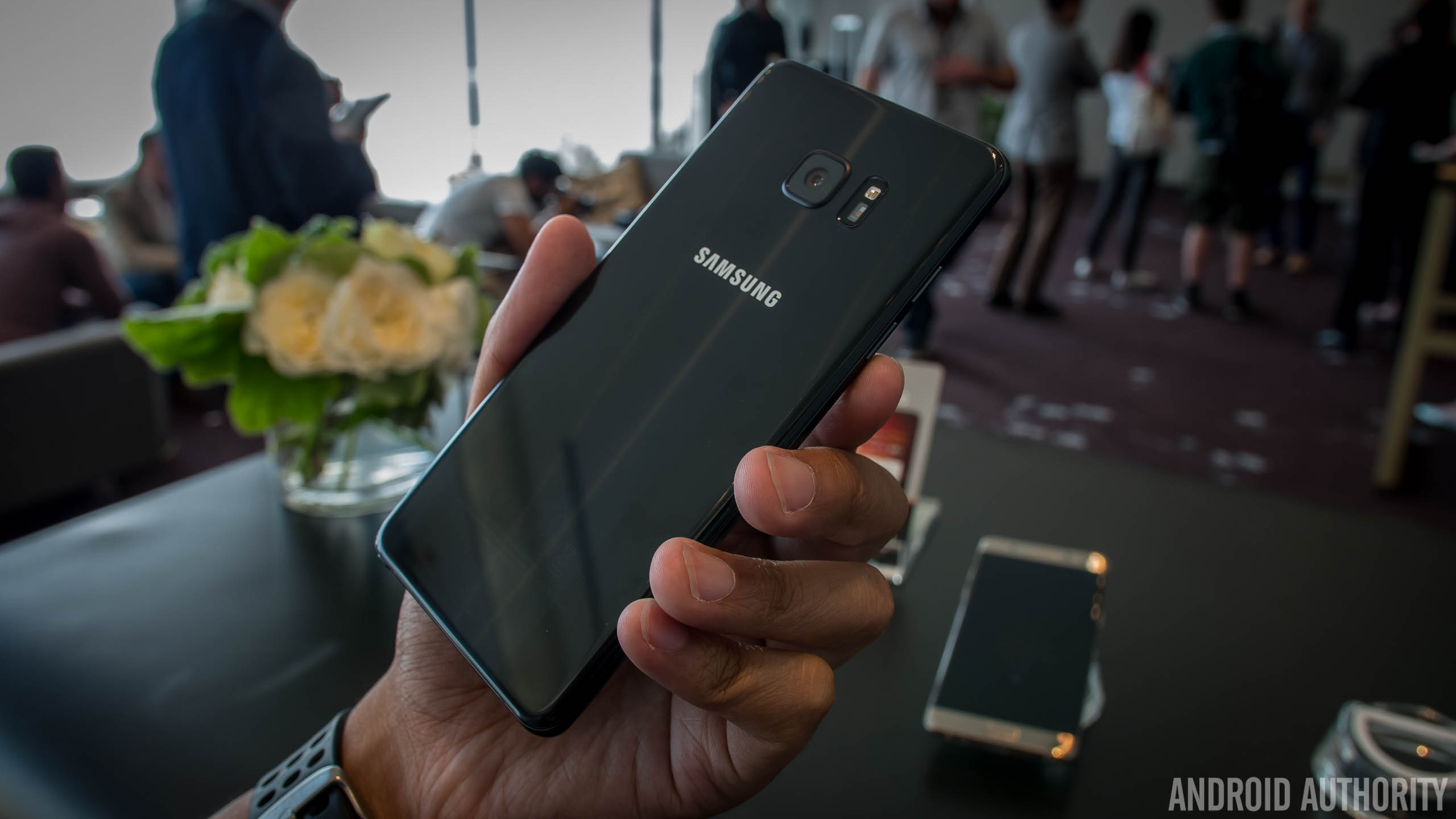
[related_videos align=”right” type=”custom” videos=”706798,706890,679576,679646″]Over just the past few decades, South Korea has gone from one of the poorest countries in the world to one of the richest. In fact, the World Bank recently reported that South Korea has the fourteenth-strongest economy in the world. As such, the small East Asian country is giving its more established neighbors — including China and Japan — a run for their money, particularly when it comes to technological innovation.
A tech manufacturer that’s often associated with South Korea is Samsung, which has more annual smartphone sales than any other company in the world, including Apple. However, this may change as Samsung has started sourcing much of its production from Vietnam, which now provides more than 50 percent of Samsung’s smartphone inventory; by comparison, Korean production has dropped to just 8 percent.
Between LG and Samsung, South Korea has surpassed Japan in terms of the volume of smartphone output
But there’s another strong presence in South Korea as LG also derives much of its production from South Korean facilities. Between LG and Samsung, South Korea has surpassed Japan in terms of the volume of smartphone output although it seems both companies have begun putting down manufacturing roots in another nearby country as well.
India
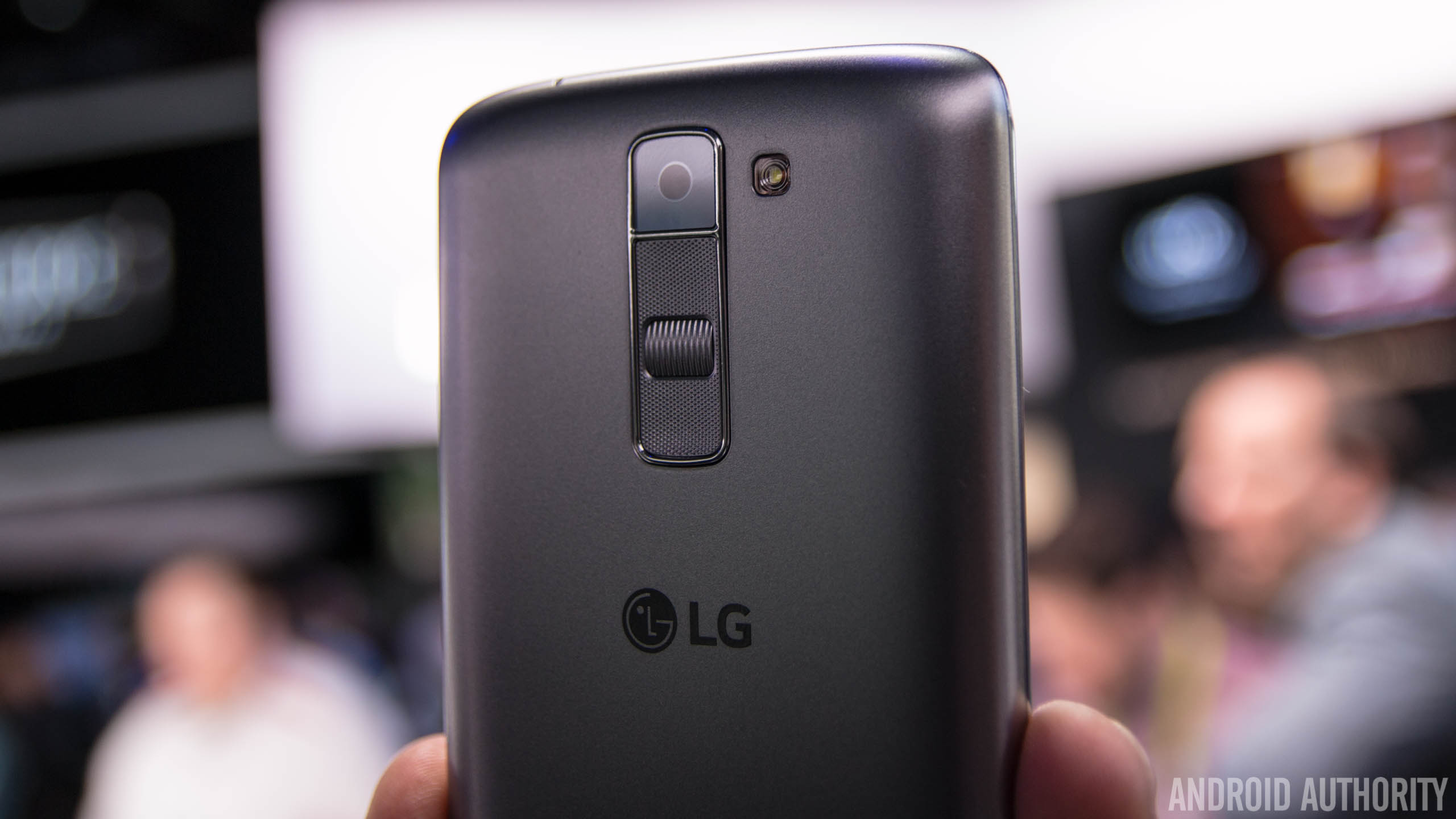
Just a couple years ago, the Indian government began an initiative called Make in India. As suggested by the name, the purpose of the initiative has been to encourage national and international businesses to manufacture products in India to improve the country’s economy through foreign direct investment. This is allegedly achieved by making it extremely easy for companies to set up manufacturing operations. However, it seems to be working as there have been a number of well-known foreign companies that have begun manufacturing at least some of their inventory in India, including Chinese tech companies Xiaomi, Huawei, and Lenovo/Motorola.
The 'Make in India' initiative has proven to be quite successful so far
Due to this initiative, it’s believed that India will soon become the mobile tech powerhouse of the Eastern world, perhaps even rivaling China. In 2015 alone, India received an astounding $63 billion in foreign direct investment.
In addition to the aforementioned Chinese manufacturers, many of the most well-known tech brands have diverted at least some of their manufacturing to plants in India. While Samsung has had some manufacturing presence in India since 2006, the company now has three facilities in India; the third plant was opened just last year, initially only making the Galaxy S6 Edge in an effort to meet the high global demand. Although only a fraction of its inventory is produced in India, more Samsung phones are made in India than any other brand.
Very recently, LG has also begun to manufacture some of its inventory in India, although it’s currently in very limited quantities. HTC seems to have followed suit. Other smartphone manufacturers include Microsoft, ASUS, and Micromax, the latter being indigenous and a mainstay in the Indian market. Expect more familiar names to turn to India for more manufacturing power in the months and years to come, particularly Sony.
Taiwan

Here’s another country that has strong associations with manufacturing. However, despite there being a plethora of products that come from Taiwan, there are only two well-known brands that manufacture smartphones there: HTC and ASUS.
Although the Zenfones have been generally well-received, ASUS remains a fairly small smartphone manufacturer that can surely get away with smaller-scale production. It’s somewhat more surprising that HTCsmartphone production would mostly just be in Taiwan with a small amount in India. As you’re surely aware, representatives from HTCpreviously admitted to working with Google in making two upcoming Nexus devices. These HTCNexus devices — codenamed “Marlin” and “Sailfish” — will almost surely be made in Taiwan.
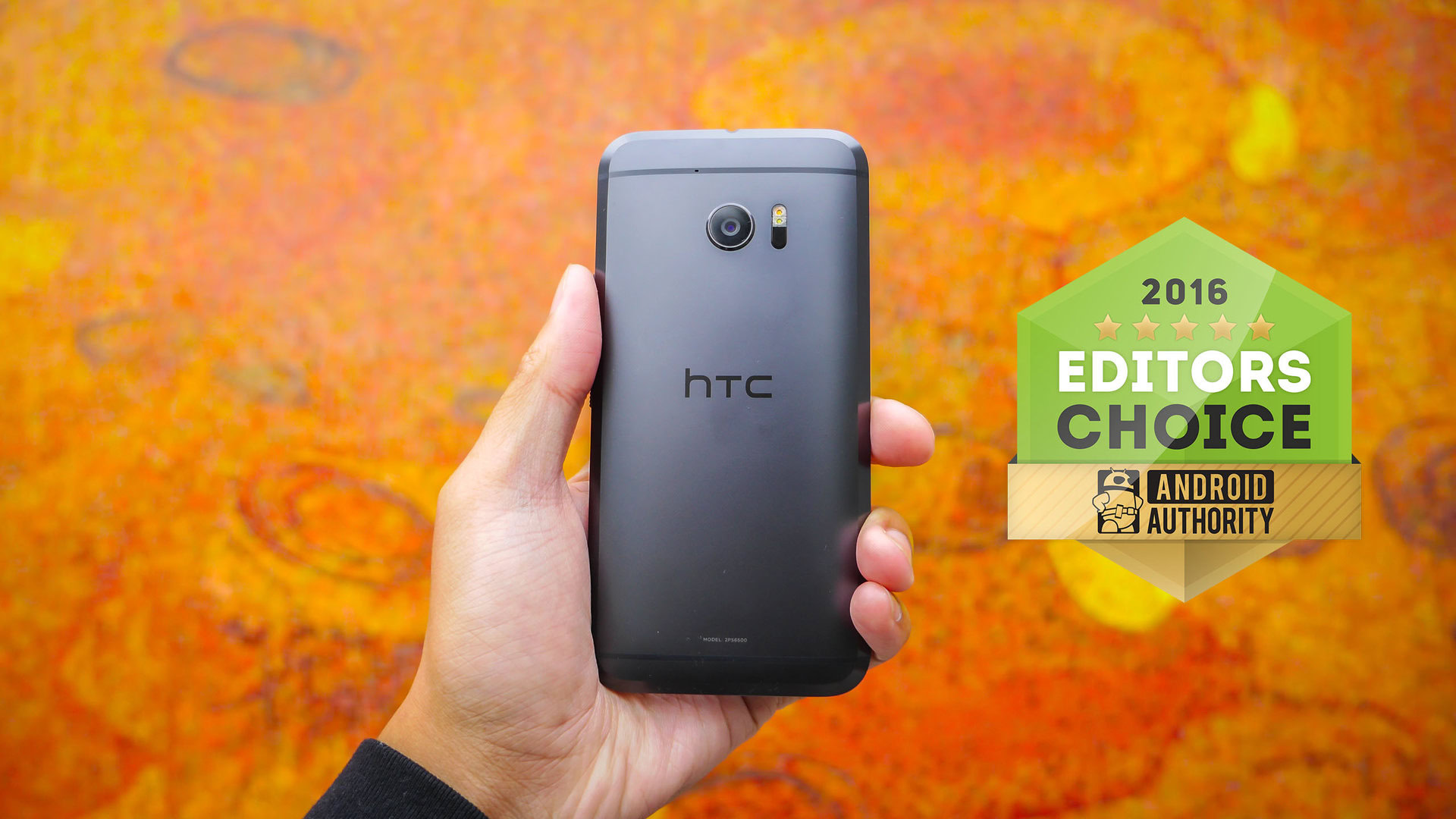
Additionally, the Nextbit Robin is manufactured in Taiwan. The Robin originated as a Kickstarter project and went on to be quite a unique device, utilizing cloud storage almost as if it were internal storage.
Canada
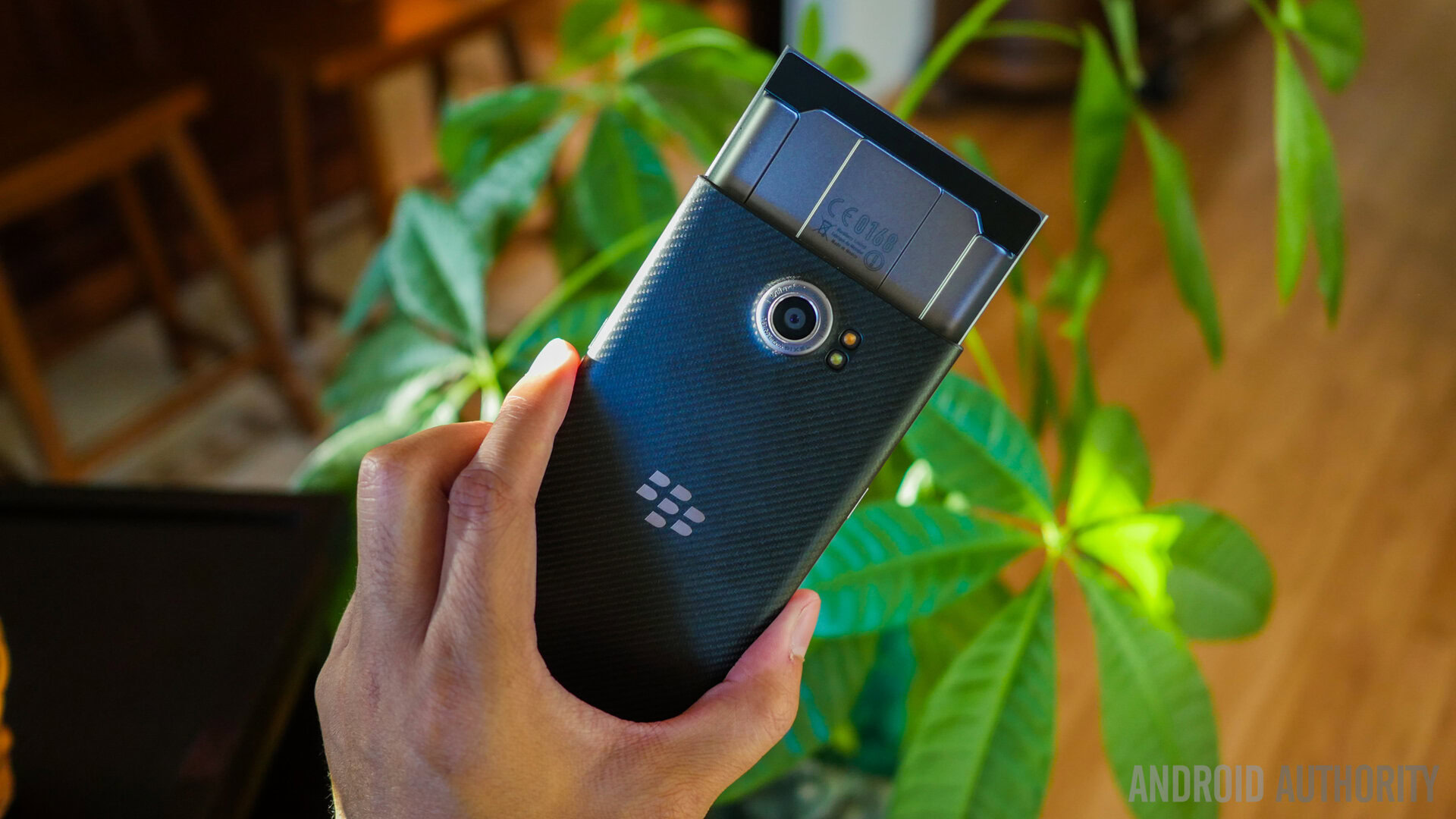
Surprised to see this one on the list? Admittedly, Canada isn’t the biggest player when it comes to smartphone production. The only major presence in northern North America is BlackBerry, which has just recently hinted at a comeback with its first Android devices, the Priv and the unceremoniously-named DTEK50.
And that’s about it, folks. Granted, there are some smaller, lesser-known companies in the mix and producing from other places, but those listed above represent the vast majority of the smartphone market. It seems the biggest determinant when it comes to where smartphones are manufactured is resource availability.
Did you know where your smartphone was made before reading this? Do you find any of the big players in smartphone manufacturing to be unexpected? As always, post your thoughts in the comment section below.